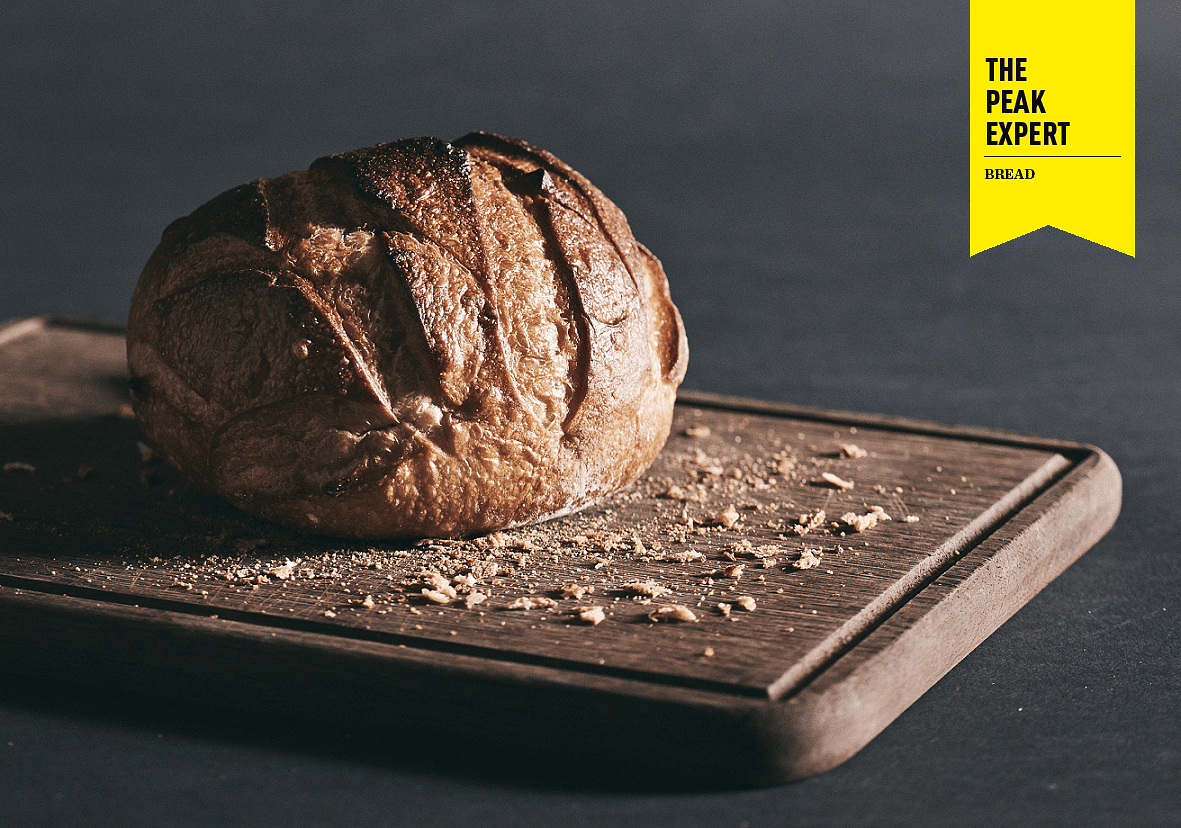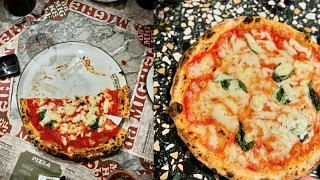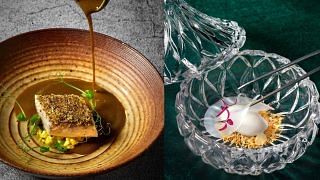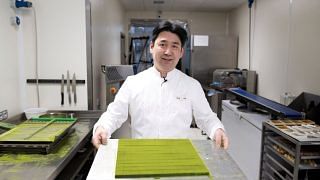[dropcap size=big]O[/dropcap]nce upon a time, the only way to sample the specialty bread of a particular town or village – bread crafted with local wheat and water, and yeast plucked from the air – was to travel there.
These days, bakeries are sprouting up like monsoon mushrooms in every mall and suburb, paying homage to bread traditions far from their place of invention, allowing our mind’s tongue to traverse leagues in the space of a slice. Poilane’s famous miche, heavy and huge, is air-flown from Paris to many countries. Sourdough starters are swopped across continents by fervid bakers’ clubs. How-to primers for wrangling those mother cultures are cross-linked on Youtube.
(RELATED: There’s no shortcut to good bread, say both Aldrin Loi, executive chairman of Ya Kun, and Christopher Tan of Nerdbaker.)
These ever-changing tides of knowledge are not only uncovering deep-seated differences in bread preference, but are also eroding them. Asians often prefer soft-textured breads, which is why Taiwanese and Japanese-style bakeries often turn out pale, cottony buns. Europeans favour thick, dark crusts and long-echoing tastes of naturally leavened loaves.

However, intrepid bakers are narrowing the perceived gulf between these tribes, coming up with recipes that bridge bread styles and flavour profiles, from delicate ryes and eggy challah, to authentically cushiony Ligurian focaccia and mentaiko-striped Japanese baguettes. If necessity is the mother of invention, then we are slowly realising just how much we need bread.
Navigating these increasingly rippled waters can be overwhelming, however, and even seasoned bakers gravitate towards the most classic expressions of their art. For those still perplexed by all the ways in which flour and yeast jointly leap for immortality, here is a guide to the most popular bread genres in town.
The Sourdough Loaf

The pinnacle of the baker’s art, nurturing – maybe over decades – wild yeasts to turn flour and water into deep wells of flavour over slow and finely judged proofings. All ancient bread-eating cultures have their own versions.
The Ideal: A well-browned crust with an intensely roasted savour; a moist and substantial crumb with large, irregular holes; and a complex, lively flavour and aroma balancing the sweetness of wheat with the lactic tang of fermentation. Add-ins like nuts or dried fruit should accent the bread’s taste, not override it.
Best With: A good appetite – bread lovers know not to gild a lily. That said, great sourdough is a perfect partner for just about anything.
Storage: In a brown paper bag or thin plastic bag, at cool room temperature. Tightly wrapped, it usually freezes well, but reheat in a steamy oven before serving.
The Baguette

Humble, designed to last but a day, made only of flour, water, yeast and salt (by law), and so difficult to bake both consistently and perfectly that it is a true test of a baker’s ability. Those labelled ordinaire are the most basic, while a l’ancienne, tradition, artisanale or campagne indicate handmade, more rustic styles with better flavour and higher prices.
The Ideal: A resilient, irregularly holed crumb; skin crisp and bronzed but not too hard, with bulging slashes outlined by grignes (crispy edges); and crusty pointed quignons (ends). Sourdough baguettes are extra delicious.
Best With: Nothing at all, when truly fine. Otherwise, butter, or minimalist fillings, as in the classic French jambon-beurre – baguette, butter and ham. And, yes, chicken curry.
Storage: In a paper bag, for a few hours’ max – a baguette’s glory is fleeting.
The Japanese Shokupan

The zenith of neatly cornered, golden-crusted fluffiness to which all supermarket bread aspires. Any Japanese bakery worth its carefully selected salt will have its own jealously-guarded secret shokupan recipe, typically sold in various slice thicknesses.
The Ideal: A light and even crumb that tears into plush shreds, and is able to hold moist fillings without turning soggy. Richer renditions have a subtle dairy sweetness from milk, butter and sometimes cream. (Kopitiam bread, airy and lofty but leaner, could be considered a distant cousin of both shokupan and baguette.)
Best With: All kinds of sandwich fillings and toppings.
Storage: Keep loosely sealed in the bag it came in, at cool room temperature.
The Brioche

Made from dough that is slowly and extensively kneaded to work in an almost impossibly generous amount of butter, baking up feathery, light products. Tastes almost more like dessert than bread. Stale brioche also makes sterling French toast and bread and butter pudding.
The Ideal: Global variations are manifold, especially as the foundation of festive Christmas and Easter breads. Classic French brioche is a chubby round with a topknot, or a rectangular loaf, both with St Tropez tans, thanks to all that butter.
Best with: A sense of moderation, or a regular exercise plan.
Storage: In a plastic bag, in the fridge – it gets greasy at tropical room temperature.
The Flatbread

From Indian chapati and Italian focaccia, to Moroccan khobz and naan that line the Silk Road, these low-rise staples are probably the world’s most abundant bread format.
The Ideal: This big extended family has many faces. Shared resemblances include a thin crust, blistered or uneven, where most of the bread’s flavour resides, and a soft, absorbent, chewy crumb. Many are stuffed, like Georgian khachapuri whose cheese runneth over, or Indian prata hiding spicy vegetable strata.
Best With: Dishes to be mopped up – curries, braises, stews.
Storage: In a plastic bag at cool room temperature or in the fridge. Usually best if warmed before serving.
The Asian Bun

Ubiquitous, inexpensive, frightful when thoughtlessly made, but really quite wonderful if well executed – remember Yaohan anpan buns? Notable buns include Hong Kong polo pau, Eurasian pang susi, Filipino ensaimadas, and timeless local favourites such as otah-otah buns and butter-sugar buns.
The Ideal: A mild-flavoured crumb, supportive of sturdy fillings but surrendering softly and instantly to the bite; contents that run a wide sweet and savoury gamut, from curry and luncheon meat to bean paste. They often riff unexpectedly on Western ideas, especially buns from Japanese bakeries.
Best With: A cup of coffee or tea.
Storage: In the bag it came in.













